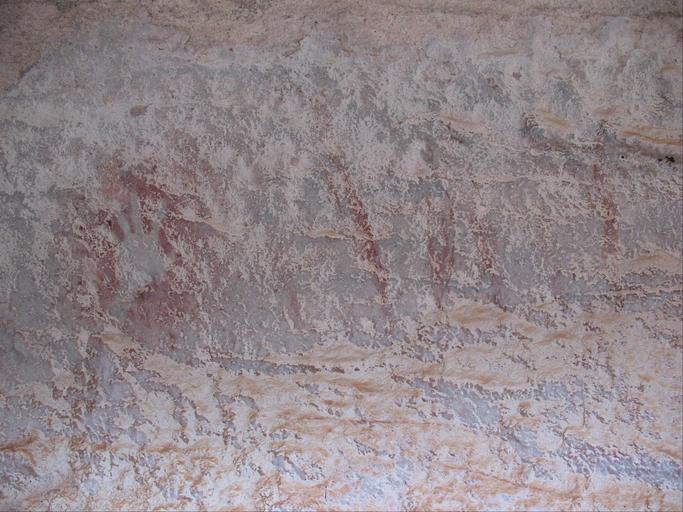MAKE A MEME
View Large Image

| View Original: | Hand_stencil_and_grass_prints_-_Google_Art_Project.jpg (3265x2449) | |||
| Download: | Original | Medium | Small | Thumb |
| Courtesy of: | commons.wikimedia.org | More Like This | ||
| Keywords: Hand stencil and grass prints - Google Art Project.jpg 408009 Unknown Australian /collection/australian-rock-art/artwork/hand-stencil-and-grass-prints-unknown/804592/ Unknown /collection/australian-rock-art/ Australian Rock Art 393003 http //www griffith edu au/ 2/17/2012 1 40 12 AM /collection/australian-rock-art/artwork/hand-stencil-and-grass-prints-unknown/804592/ -7000 The Djulirri rock art site is located in the Wellington Range of Arnhem Land Northern Territory Australia It forms part of the Maung language group ôs traditional territory and is located at the western side of senior traditional owner Ronald Lamilami ôs Namunidjbuk clan estate Across a 52 m length of dissected sandstone Djulirri ôs main gallery was found to contain more than 1100 paintings 17 stencils one print and 46 figures made from native beeswax in three adjacent wall/ceiling areas There are a further 52 panels with at least another 2000 examples of rock art making it the largest known pigment site yet documented in Australia The site is arranged in a horseshoe-like shape measuring about 180 m by 120 m oriented roughly northwest ďsoutheast with a cluster of other sites nearby Paintings made with combinations of red yellow white and black pigment typical of the region ôs recent rock art including introduced contact period subject matter are concentrated in Djulirri ôs main shelter and the rest of the southern wing of the horseshoe Representative subject matter of all previous Arnhem Land rock art forms and styles is concentrated in the northern wing with a few mixed panels towards the back It is within the main shelter that most of the beeswax art can also be found A few of these designs lie over or under painted depictions of watercraft including European tall ships and Southeast Asian sailing vessels praus This allowed us to use radiocarbon dating to obtain minimum or maximum ages for some diagnostic contact period paintings superimposed over or under the beeswax figures The site was intensively documented between 2008-2011 by a Griffith University led team of archaeologists and local Aboriginal people as part of Picturing Change an Australian-wide investigation into contact period rock art 804592 False -7000 3/24/2012 10 15 43 AM Djulirri 37 painting -7000 -6990 Djulirri Western Arnhem Land Finding -7000 False 1 33333333333333 Object hand-stencil-and-grass-prints-unknown Hand stencil and grass prints h The Djulirri rock art site is located in the Wellington Range of Arnhem Land Northern Territory Australia It forms part of the Maung language group ôs traditional territory and is located at the western side of senior traditional owner Ronald Lamilami ôs Namunidjbuk clan estate Across a 52 m length of dissected sandstone Djulirri ôs main gallery was found to contain more than 1100 paintings 17 stencils one print and 46 figures made from native beeswax in three adjacent wall/ceiling areas There are a further 52 panels with at least another 2000 examples of rock art making it the largest known pigment site yet documented in Australia The site is arranged in a horseshoe-like shape measuring about 180 m by 120 m oriented roughly northwest ďsoutheast with a cluster of other sites nearby Paintings made with combinations of red yellow white and black pigment typical of the region ôs recent rock art including introduced contact period subject matter are concentrated in Djulirri ôs main shelter and the rest of the southern wing of the horseshoe Representative subject matter of all previous Arnhem Land rock art forms and styles is concentrated in the northern wing with a few mixed panels towards the back It is within the main shelter that most of the beeswax art can also be found A few of these designs lie over or under painted depictions of watercraft including European tall ships and Southeast Asian sailing vessels praus This allowed us to use radiocarbon dating to obtain minimum or maximum ages for some diagnostic contact period paintings superimposed over or under the beeswax figures The site was intensively documented between 2008-2011 by a Griffith University led team of archaeologists and local Aboriginal people as part of Picturing Change an Australian-wide investigation into contact period rock art special url_id BQG6XEjxUpp0TA PD-art-100 Google Art Project works by unknown artist Rock art in Australia | ||||